In the freezing winters, when most plants succumb to death, there are not many that thrive and flourish. But these Cold Hardy Succulents are an exception.
Winter is mostly a tough season for plants, especially succulents. It hinders the growing process of plants and freezes them out. But some succulents grow pretty well in the winter season and can even thrive in cold temperatures. Know more about these Cold Hardy Succulents for Winters in this article.
Want to grow stunning black succulents? To know more, click here!
1. Queen Victoria Agave
Botanical Name: Agave victoriae-reginae
Minimum Temperature Tolerance: 10-15F (-10 to -12)
The white marking on the border of the leaves makes it stand out from the crowd. The arrangement of foliage is round with rosette being 1 foot (12 inches) tall and 2 feet (24 inches) wide. Leaves have a black terminal spine, and the sap can irritate the skin, so handle the plant with care.
To know about more agave varieties, click here!
2. Hens and Chicks
Botanical Name: Sempervivum tectorum
Minimum Temperature Tolerance: 30-40F (-1 to 4C)
The clusters of rosettes include both parent rosette, which is the ‘hen,’ and their offsprings, which grow out from them are called ‘chicks.’ Although it’s short in height, it can quickly spread to a width of around 2 feet (24 inches). It is one of the best Cold Hardy Succulents to grow!
3. Aloe Blue ‘elf.’
Botanical Name: Aloe Blue ‘elf’
Minimum Temperature Tolerance: 20-25F (-3 to -6C)
Compared to all other aloe varieties, it’s more cold-tolerant and features Pale orange flower spikes and blue-gray leaves. It’s hardy and can survive in poor soil, making it one of the excellent Cold Hardy Succulents for rock gardens.
4. Broadleaf Stonecrop
Botanical Name: Sedum spathulifolium
Minimum Temperature Tolerance: 5-10F (-10 to -15C)
Its Leaves turn to a glorious shade of burgundy in cold temperatures, making it a perfect choice as ground cover in cold surroundings. Rosette of small, gray-green leaves is adorned with yellow flowers in summers that completely transform its appearance.
5. Upright Myrtle Spurge
Botanical Name: Euphorbia rigida
Minimum Temperature Tolerance: 10-20F (-6 to -12C)
This small-sized shrub grows to 2 feet (24 inches) tall and 3 feet (36 inches) wide with spirally arranged leaves around thick stems. Chartreuse yellow bracts around small green flowers do ornamental merit to the overall visual. Furthermore, this Cold Hardy Succulents foliage and bracts get a red hue in fall!
6. Red Yucca
Botanical Name: Hesperaloe parviflora
Minimum Temperature Tolerance: 10-20F (-6 to -12C)
Although the grass-like foliage does appeal to the gardeners, it’s the flowers that steal the show. Red-pink tubular flowers grow on long stalks that arch over the thin and long foliage. In winters, foliage attains a purple tone that glorifies your garden.
7. Parry’s Agave
Botanical Name: Agave parryi
Minimum Temperature Tolerance: 15-20F (-6 to -9)
This spectacular succulent is a sculptural gem and appears as if it’s carved from stone. Fleshy leaves have a dusty tone with a sharp black terminal spine and form a compact rosette. Pink and yellow flowers grow out from a central stalk, but it takes around 20 years.
8. Thompson’s Yucca
Botanical Name: Yucca thompsoniana
Minimum Temperature Tolerance: 5-15F (-10 to -15C)
Narrow, sword-like leaves growing on the top of the thick trunk gives this plant a tropical tree-like feel. It can reach a height of 6 to 12 feet (72-144 inches) with a 5-8 inches thick trunk. White flowers grow on the top of the foliage over 2-3 feet (24-36 inches) tall stalks, which later develop into egg-shaped fruits, making it one of the best Cold Hardy Succulents!
9. Texas Sotol
Botanical Name: Dasylirion texanum
Minimum Temperature Tolerance: 10-20F (-6 to -12C)
People confuse it with yucca, but its trunk is short, and flowering stalks are way longer than yucca. The thin and long foliage is deep green and grows to 3 feet (36 inches) in length. Flowering stalks tower over the foliage and grow to a whopping height of 9-15 feet (108-180 inches) and bear bright yellow flowers.
10. Whale’s Tounge Agave
Botanical Name: Agave ovatifolia
Minimum Temperature Tolerance: 10-20F (-6 to -12C)
Growing in the form of a rosette of 2-3 feet (24-36 inches) tall and 3-6 feet (36-72 inches) wide, it’s a distinctively cupped agave. The foliage is in the eye-catchy shade of “Frosty blue” with small teeth on the margins of fleshy leaves. Dense clusters of yellow flowers appear once in 10 years over a 14 feet long flowering spike.
11. Pink Ice Plant
Botanical Name: Lampranthus deltoides
Minimum Temperature Tolerance: 10-15F (-10 to -12)
It’s most notable feature is the blue-green leaves, which are plump and triangular and also have red teeth. Even the stems are dark green. Magnets pink flowers surround the whole of the short and sprawling plant. Although it can survive a light frost, it’s advisable to provide cover during heavy frost!
12. Chinese Dunce Cap
Botanical Name: Orostachys iwarenge
Minimum Temperature Tolerance: 30-40F (0-5C)
It’ll appear dead when grown in the harsh winters outdoors. But the dormant state won’t last for long, and it’ll come right back up in the springs. The central rosette is small and cone-shaped and only 2 inches wide. It produces many offsets on long stems from the center, which facilitates propagation.
13. Kniphofia
Botanical Name: Kniphofia uvaria
Minimum Temperature Tolerance: 10-20F (-6 to -12C)
Popularly known as the Red Poker plant, it is easy to grow in winters. It is a perennial plant with a height ranging from 3-4 feet (36-48 inches) and bears beautiful flowers with diverse shades of red, orange, and yellow. It also consists of knife-like vertical spikes with non-succulent leaves.
14. Banana Yucca
Botanical Name: Yucca baccata
Minimum Temperature Tolerance: 10-20F (-6 to -12C)
Banana Yucca blooms beautiful bell-shaped flowers with the pale-white color scheme, which later produces edible banana-shaped fruits.
15. Claret Cup Cactus
Botanical Name: Echinocereus triglochidiatus
Minimum Temperature Tolerance: 40-50F (5-10C)
It is a showy xeriscaping plant with spined leaves that grows beautiful, scarlet red flowers. The plant attains a height of 15-24 inches on maturity with a width between 18-24 inches. Also known as White Sands Giant Claret Cup Cactus, it attracts hummingbirds and can thrive in cold weather.

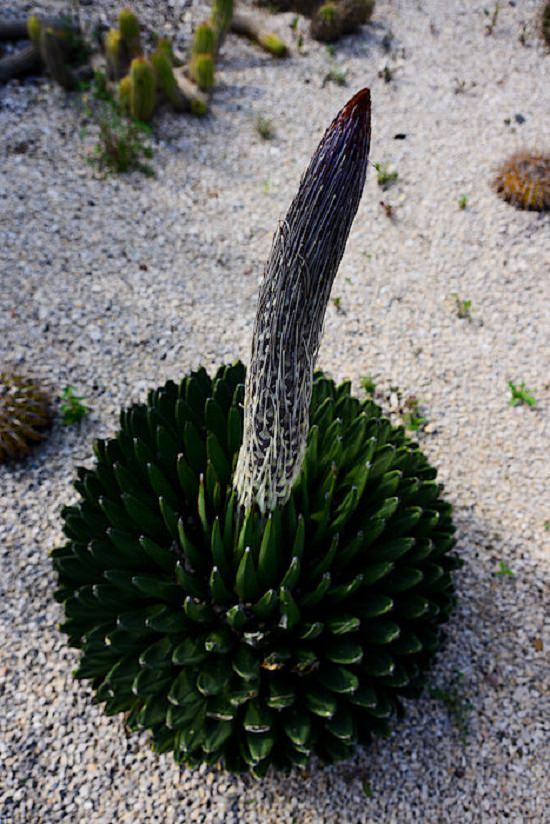
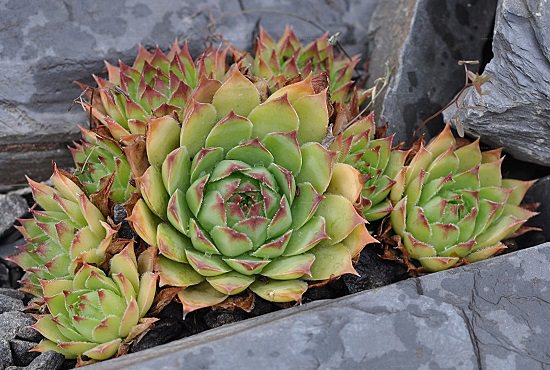

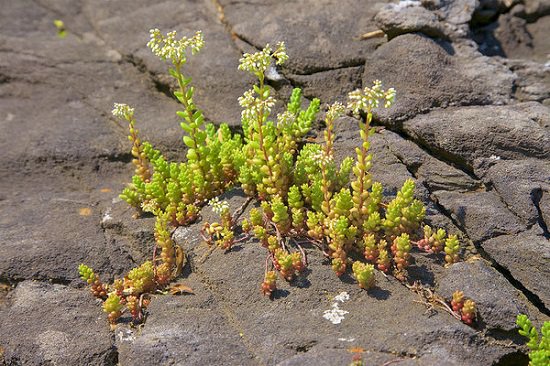
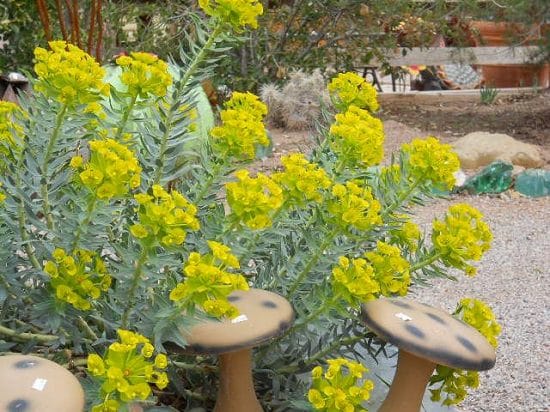

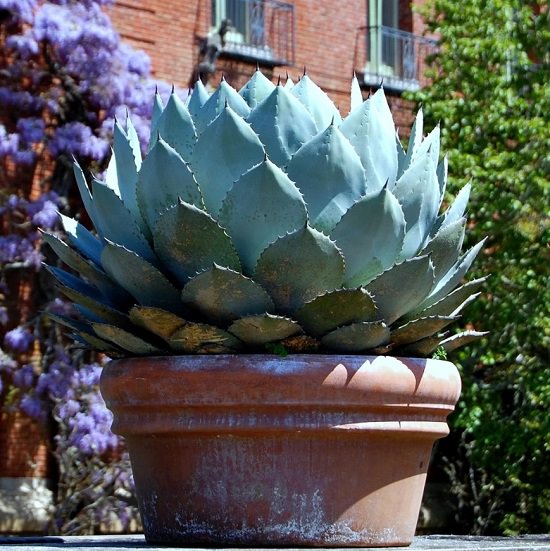
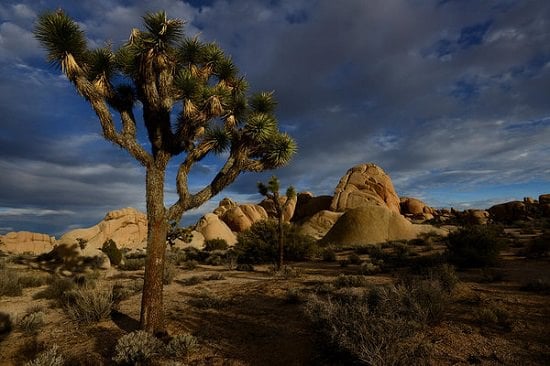
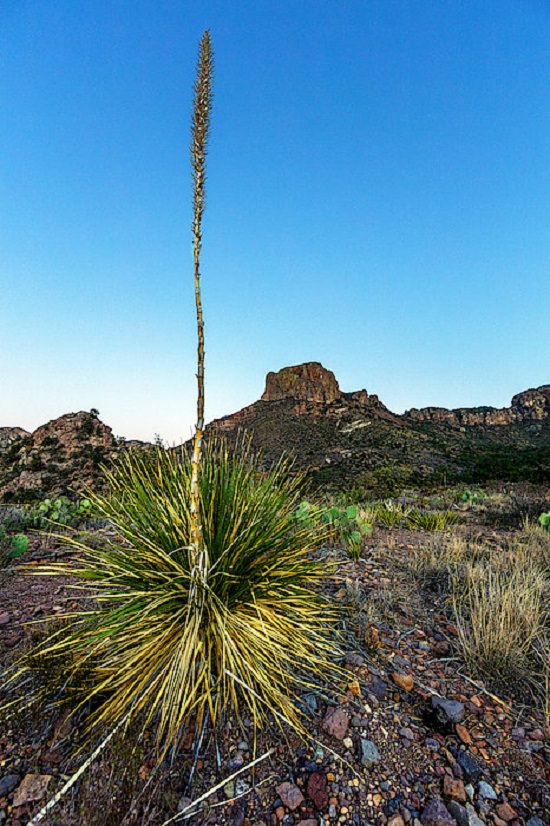
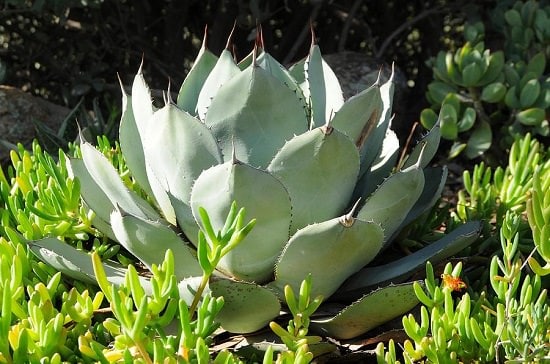
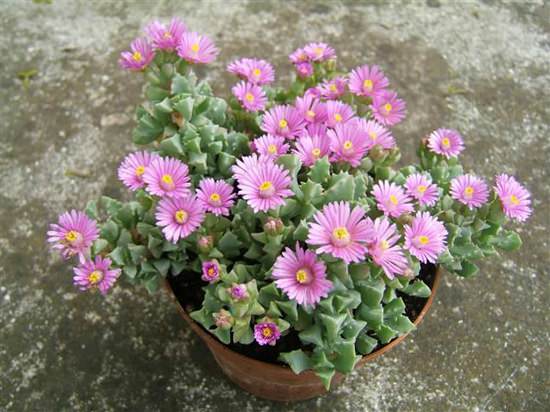

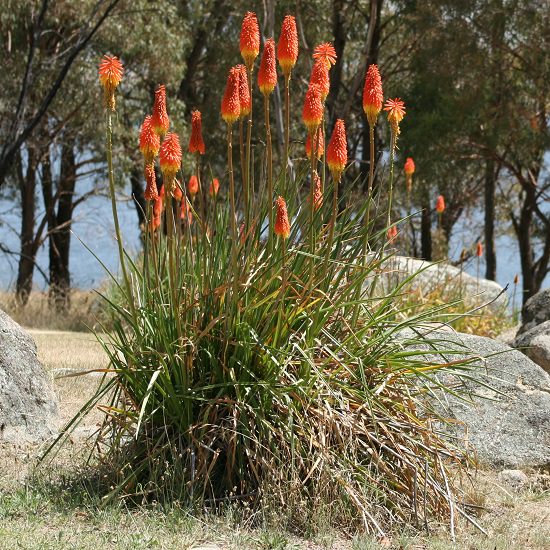
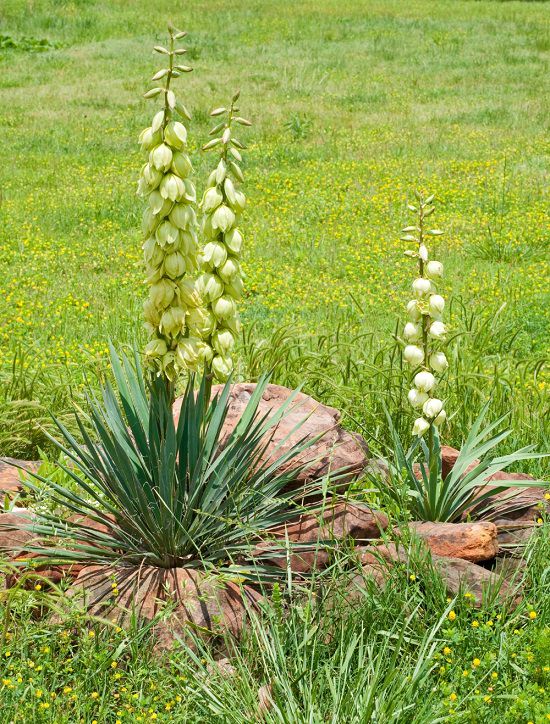


Very Nice App.